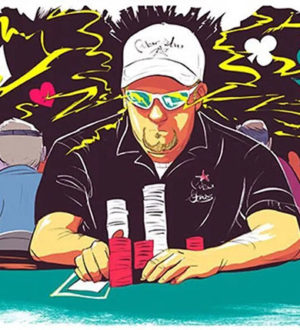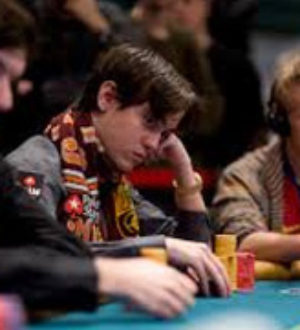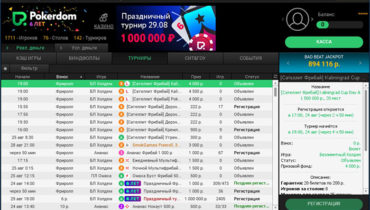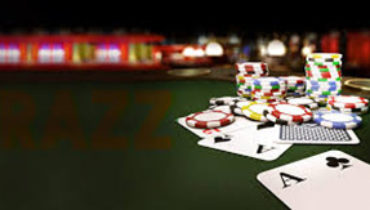In order to acquire professional skills in No Limit Hold'em, it is not enough to have knowledge of the rules and structure of the game. The most important thing is to understand who you are playing with and what you can expect from your opponents. To do this, you need to very carefully watch your opponents, which can be conditionally divided into several types. It is to them that you should treat with caution, and, if possible, even avoid. Nevertheless, these "tough nuts" also have weak points, identifying which you can choose the right model of behavior to deal with them.
Restrained aggressive style... It is adhered to by the type of players who do not seek to make a large number of the most diverse combinations. However, this does not prevent them from playing skillfully and professionally enough. A distinctive feature of them is a tendency to deliberate play, accompanied by the use of some tricks. The actions and tactics of such players are difficult to understand, and even more difficult to define their behavior patterns. They can bet on any combination of strength or without having it at all. It is advisable not to get in the way of such players! It is worth taking the risk unless you have a really good hand. But here, too, be on your guard, do not take your eyes off your opponent, record all his actions and shake them on your mustache!
Relaxed aggressive style... These are very aggressive players, or, as they are sometimes called, "maniacs". They crave sparkling action, love to place bets, raise them all the time, and often bluff. Often during the game, they drink and just have fun. You should be wary of them, because they pose a real threat to your capital (and, by the way, to your own too). Do not try to deceive them, but do not avoid deliberate risks. By actively improving your hand, often folding or accepting their bets, you can catch these bluffers off guard and get the chance to win all of their chips.
Passive-relaxed style... This is the so-called "bet acceptance station". At first glance, the behavior model of such players is simple. You seem to understand how they should act in any situation, however, to your surprise, the opposite is true. For example, blindly accepting a bet with a rather weak combination in their hands, this type of player may not raise the bet when a strong combination simply obliges them to do so. The reason may lie either in a misunderstanding of the strategies of the game, or in the specific personality of the player. When competing with such opponents, choose those types of poker where at the end of the final stage of bets, players must show their cards. Here you can fold a weak hand, while strong cards will bring you closer to victory. Most importantly, do not bluff and do not try to please your opponent - he, most likely, will not understand what you are trying to show him.
Restrained passive style... They are distinguished by players who accept a very small number of combinations. When someone raises the bet, they begin to think that there is a strong opponent in front of them with a pair of aces in their hands, they get scared, fold their cards and, of course, lose. With this type of player, you can safely bluff! Not having a strong hand, they will be forced to constantly fold, more and more, giving in to excitement, and gradually giving you their entire stack.







